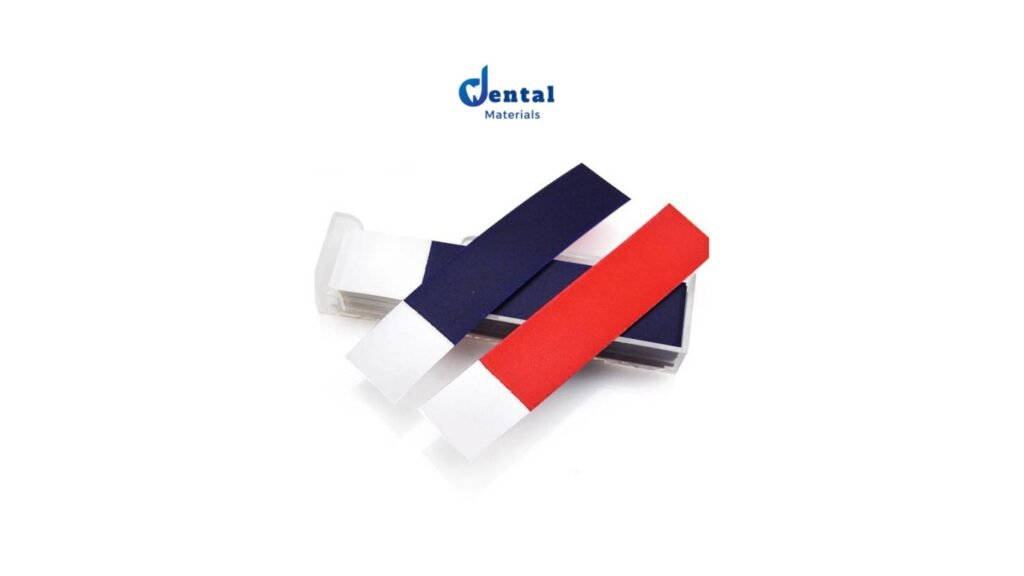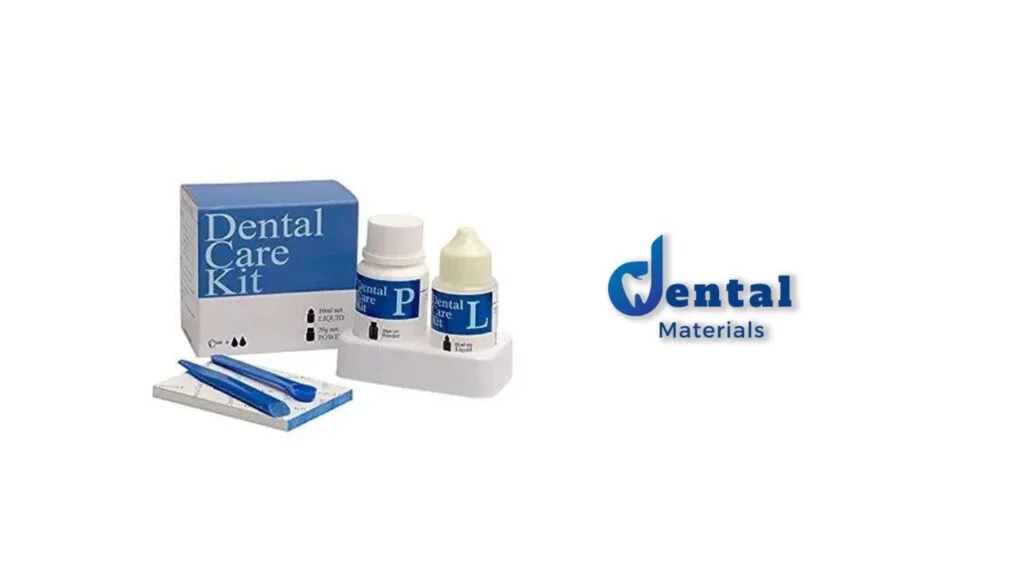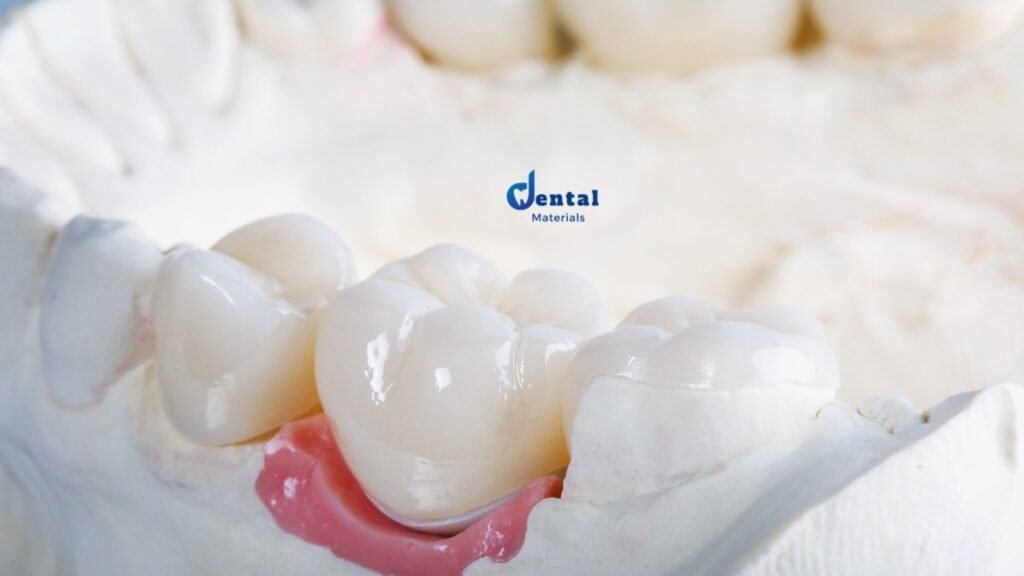A very thin, colored piece of paper ..
Looks simple right?
However, it’s not the case.
Articulating papers play a very important role in dentistry, specifically when we talk about dental restorations (direct and indirect).

What is the purpose of articulating paper in dental care?
Articulating paper serves a very important purpose in dental care, allowing dentists to identify occlusal contacts and assess occlusal forces. This simple diagnostic tool is basically a paper dentists use to check the occlusal surfaces of dental restorations, such as fillings, as well as dental prostheses like crowns, dentures and bridges.
Articulating papers work by marking the points of contact between the teeth, which helps dentists ensure proper bite alignment and identify any occlusal interferences that may cause issues such as bruxism.
How Articulating Paper is Used in Dental Practice
As we said, this thin strip of paper is placed between the teeth while the patient performs various mandibular movements, such as biting and grinding to all directions. As the teeth come into contact, the articulating paper marks the occlusal contacts, highlighting areas where the teeth are in contact.

Assessing Occlusal Contacts
The primary purpose of using articulating paper in dental practice is to evaluate occlusal contacts—the points where the upper and lower teeth touch during various movements. By examining the markings left on the paper, dentists can identify areas of excessive or insufficient contact, allowing them to make adjustments as necessary.
During this occlusal assessment, dentists can determine if there are any occlusal interferences—interferences that prevent the teeth from meeting properly. These interferences can cause issues like discomfort, difficulty chewing, and even bruxism (grinding and clenching of the teeth).
Ensuring Proper Tooth Alignment
Articulating paper is also used to ensure proper tooth alignment. Through marking the occlusal contacts, dentists can verify that the upper and lower teeth align correctly during biting and grinding. This alignment is crucial for optimal function, comfort, and overall oral health.
Ultimately, through the use of articulating paper, dental occlusal adjustment becomes a precise and tailored process that helps ensure optimal bite alignment and functionality, leading to improved oral health and overall patient satisfaction.
But, is occlusion really important?
Importance of dental occlusion & bite analysis
Dental occlusion refers to the way the upper and lower teeth come together when the jaw is closed. Achieving and maintaining a proper dental occlusion is crucial for several reasons:
- Functionality: A proper dental occlusion ensures that the teeth meet in a way that allows for efficient biting and chewing of food. When the teeth are properly aligned, they work together harmoniously to break down food into smaller, digestible particles.
- Comfort: Misaligned teeth or an improper bite can lead to discomfort and pain. Malocclusions, such as overbites, underbites, or crossbites, can cause issues like jaw pain, headaches, and facial discomfort. Achieving a stable and balanced occlusion can contribute to a more comfortable oral environment.
- Prevention of Wear and Damage: Teeth that do not meet properly can experience uneven wear. Over time, this uneven wear can lead to tooth damage, including fractures, chipping, and increased sensitivity. A stable occlusion helps distribute biting forces evenly across the teeth, reducing the risk of excessive wear and damage.
- Temporomandibular Joint (TMJ) Health: The temporomandibular joint is the hinge that connects the jaw to the skull. Proper dental occlusion plays a role in maintaining the health of the TMJ. Malocclusions can contribute to TMJ disorders, leading to symptoms such as jaw pain, clicking or popping sounds, and limited jaw movement.
- Speech and Pronunciation: Dental occlusion influences the position of the teeth and, consequently, speech patterns. Misalignments or malocclusions can affect pronunciation and speech clarity. Achieving proper occlusion can contribute to improved speech and articulation.
- Aesthetics: Proper dental occlusion is important for a pleasing smile and facial aesthetics. Misaligned or crooked teeth can impact the appearance of the smile, and achieving a proper occlusion can enhance the overall esthetics of the face.
- Orthodontic Stability: For individuals who have undergone orthodontic treatment, achieving and maintaining a proper occlusion is crucial for the stability of the orthodontic results. Retaining proper alignment helps prevent relapse and ensures long-term success of orthodontic treatment.




